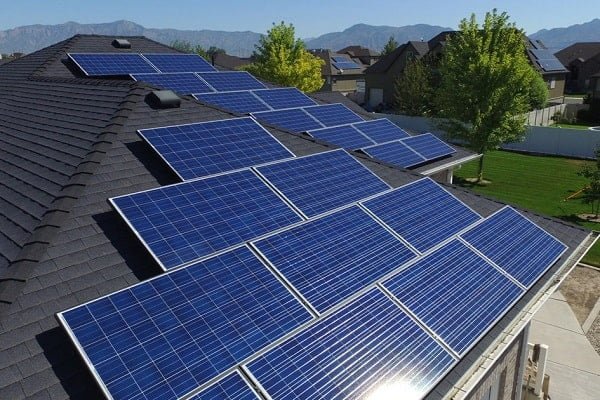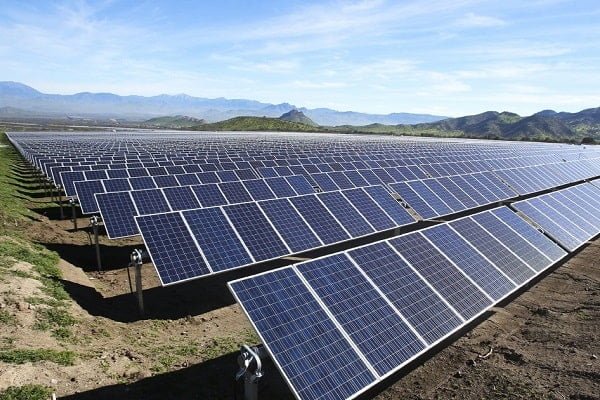Types of Solar Panels for Homes
Choosing the Type of Solar Panel That Fits Perfectly For Your Home
Not all homes are the same. There are various types of homes as well as various tiers of electricity usage in each home. Therefore, choosing the type of solar panel based on its cost alone is not really practical. That is why it’s very important to research and know the basics of solar panels first before Getting Started.
One of the basic things you need to understand is the different types of solar panels. As mentioned before, not all homes are the same, so as solar panels. Just because your neighbor installed a certain type of solar panel doesn’t necessarily mean that you can install the same type for your home. Or, just because it looks cool doesn’t really mean that it will work just as you expect it. It still depends.
Types of Solar Panels
Various types of solar panels work for various types of homes and of course, the electricity usage. To better understand, the following are the types of solar panels that may be the right one for your home:
Monocrystalline Panels – As of this writing, Monocrystalline Panels are still considered as the most efficient among other types of panels. With Monocrystalline Panels, the entire cells are aligned only in one direction. Therefore, these panels catches most of the sun’s energy (at the right angle) to turn into electricity.
Monocrystalline Panels are made of monocrystalline cells which uses pure silicon. Due to its pure silicon content, these panels are not surprisingly more expensive. However, since these panels are more efficient in absorbing
solar energy, not a lot of panels are needed to generate your own electricity.
*Monocrystalline Panels are octagonal in shape with uniform blacker color and typically produces the smallest solar cells, making it the best choice if you have just enough roof space to install it with.
Polycrystalline Panels – Polycrystalline Panels are made from polycrystalline cells, making it as the most common and the cheapest type of solar panel. However, due to the fact that these panels are made from polycrystalline cells and are formed in blocks which aren’t necessarily perfectly aligned, Polycrystalline Panels are not quite as efficient as compared to other panels such as Monocrystalline Panels.
Polycrystalline Panels are also different in terms of appearance. They typically have inconsistent color (sort of like granite) as polycrystalline cells are arranged randomly in squares. Polycrystalline Panels’ crystals are branched into a number of smaller crystals and are not uniform, thus the name polycrystalline implies.
*Polycrystalline Panels are cut into rectangular blocks. These panels are mostly seen in large areas such as farms rather than on roof.
Hybrid Panels – Hybrid Panels are considered as the most efficient solar panels available. These panels have a thin layer of amorphous thin film behind the monocrystalline cells.
*Unless you have a very little space on your roof but wanted to generate maximum amount of energy from it, Hybrid Panels are not recommended. Due to its high efficiency and more energy generation from available sunlight (even in low light conditions), these panels are far more expensive than the other two types of panels – Monocrystalline and Polycrystalline Panels.
Factors to Consider
Choosing the most appropriate solar panel for your home is crucial. There are few factors that you have to consider before making your decision. Again, it would be very important to do your research first (considering the watts generated per square foot) before purchasing. You may also want to consider the manufacturer of the panels you’re planning to install and the various Types of Home Solar Power Projects.
Whenever you’re shopping for the type of solar panel for your home, take into consideration all these information for more effective and more efficient energy generation.







